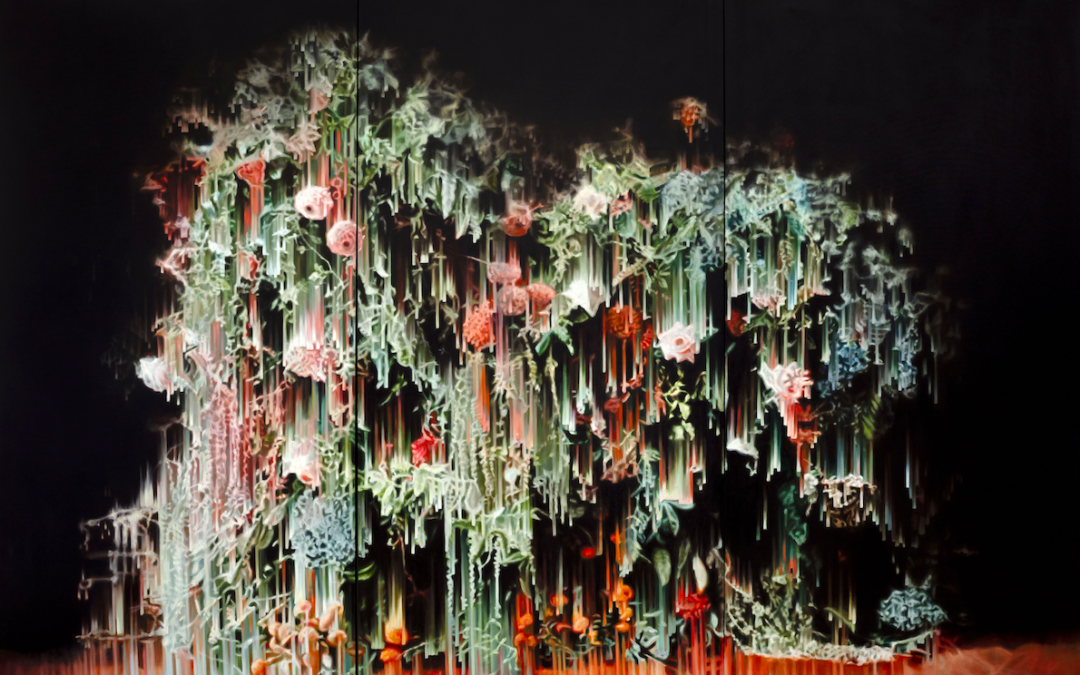Ronél de Jager’s chat with habitat kicks off cross-legged on her living room couch, the artist’s three-year-old daughter Nova has just had a bath and is curled up on her mother’s lap and about to go to bed. Two minutes later: Great, Nova found the puzzles in the corner cupboard.
(10 more minutes later) She’s taking a ride on their dog, Julu. Her husband is building the Lego they gave him for Father’s day and the sounds of Lego-piece-digging in a container is heard over the kazoos buzzing in the background as a layered soundtrack to muffled chattering playing off the iPad.
Ronél swears it’s a 5-minute call to bedtime.
The artist’s works demonstrate the continuous transformation to which every form is subjected, and reflect on the eternal processes of becoming and of passing away. In this, she resonates with philosopher and sociologist Georg Simmel: ‘By ‘nature’, we mean the endless connection of things, the uninterrupted production and negation of forms, the flowing unity of occurrence that is expressed in the continuity of temporal and spatial existence. Matter, every kind of material, is constantly in a process of transformation.
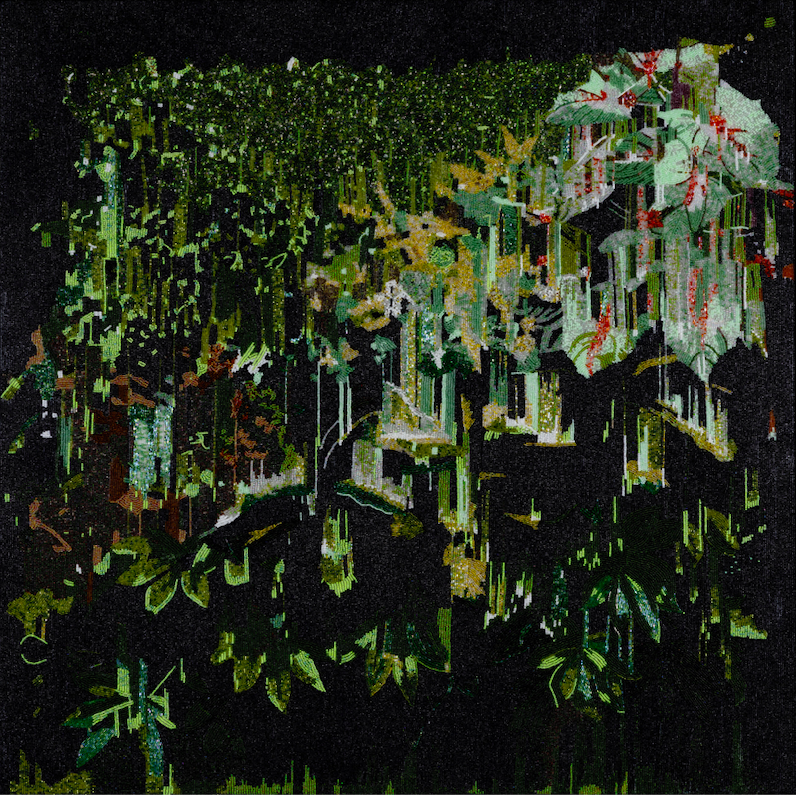
QAQAMBILE BEAD STUDIO X RONÉL DE JAGER COLLABORATION: Ronél de Jager joined forces with the uniquely South African fine art beading studio to create a new 100x100cm glass beaded piece titled ‘All that Glitters… is Glass’. The project was made possible by Kalashnikovv Gallery.
habitat: How and where do you like to create / work?
Ronél de Jager: I’m lucky to have a studio cottage at home (this comes with a left-field curse): not having to commute every day saves me a lot of time so I can get straight into a painting, but I realise it’s also taken away from having my daily dose of human connection. My studio is well organised, and I like to keep to a certain order and routine during ‘production time’. I find comfort in having structure and routine in my daily practice, as my life with a toddler can get quite chaotic at times. Having certain ‘surface systems’ in place (i.e.: palette, brush tray, phone silenced, iPad /reference placement) allows the decision making to be more focused and organic.
There’s really no glamour in studio life – only sticky oil paint which poisons my skin because I can’t work with gloves on (as many of my peers now do). The romantic idea of an artist pursuing a successful career and living ‘the good life’ is a lie. It’s a life wrought with sacrifices.
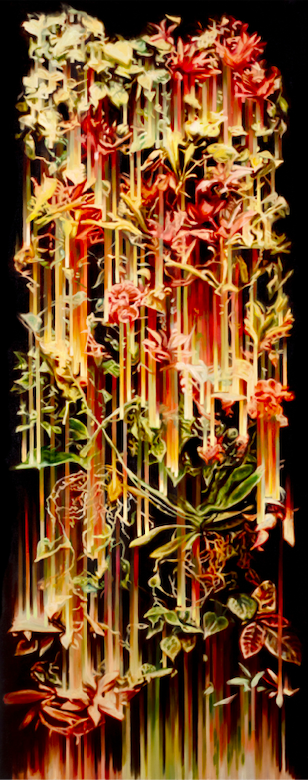
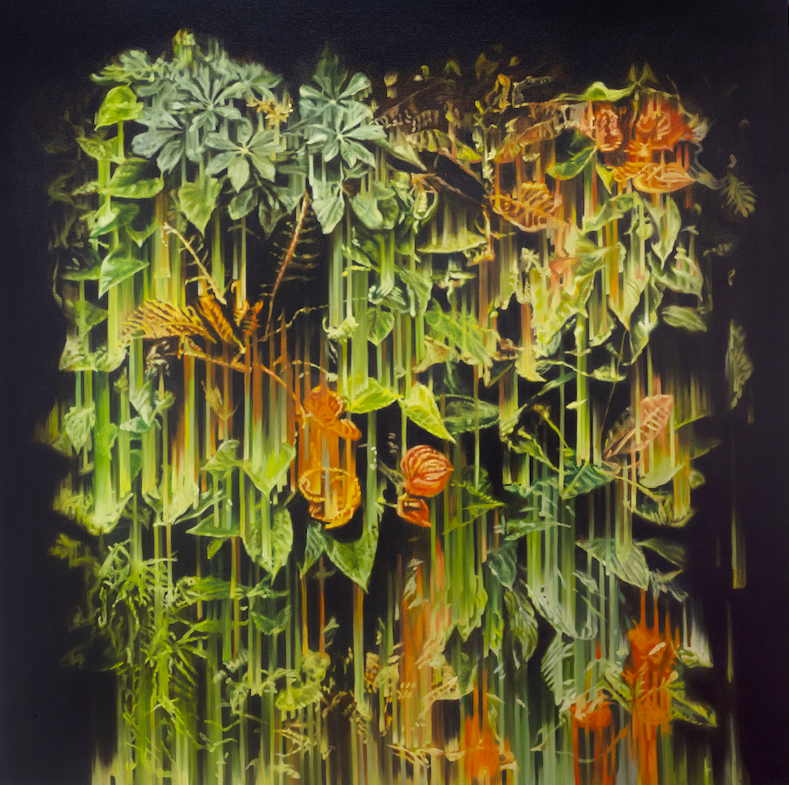
I have a strict schedule to balance work/life. My work time is my time. Often, the inevitable overlap of the work vs. family worlds means that chaos and comfort co-create to provide a spontaneous balance.
Beyond that, the bad habits I’d rather not admit to but will, (Mom, sorry) include being glued to my iPad screen all day for one, inhaling turpentine fumes, guzzling coffee till I realise I’m hungry (I get carried away); this, subdued by no less than a bottle of pure water. I also listen to contemporary audiobook novels. They give me a sense of what’s going on in the world around me and lets me escape to those senses.
I’m a good listener and observer.
Oh, and I dance! This consists of a little ‘serenade’ ritual upon starting a large-scale painting to conjure up the courage of course.
h: Influences on your decision to become an artist?
RdJ: Visual language has always been my preferred and natural means of communication. As a child I had difficulty with language and learning.
My art teacher in high school, Juffrou Toy van den Berg, encouraged students to choose between six different art syllabuses. This was unusual for a public school. I had three art subjects that I excelled in. And three other subjects comprising languages and sciences / math. I failed and eventually banked for art class. Although I considered continuing my dancing career as an acrobat after high school, studying art seemed like the natural choice. Stage presence has always made me extremely anxious.
I’m deeply grateful to my parents who acknowledged and encouraged my ‘talent’ as a child. My mother introduced us to theatre productions as children. The highlight of our family outings was to go to the Roodepoort Theatre. What truly woke something inside me was the once-a-year commute from the Westrand into town to visit Berzacks on Nugget Street to buy sequence for my acrobatic costumes and visit the Standard Bank, Goodman and MTN Galleries. I remember driving through Parkhurst and up Jan Smuts with its leafy tree-lined suburbs and recall telling myself: ‘I want to be HERE, someday’.

I think that through that little exposure to the heartbeat of Johannesburg and seeing the diversity and people living ‘differently’ (with a different outlook than our Westrand community back then) inspired me to pursue a life I’m now enveloped by.
h: What particular processes are involved when beginning a new work?
RdJ: Scrolling the web for thumbnail-sized images of bouquets, I rework vast amounts of images through a process of digital manipulation via numerous applications on my cellphone. This process allows me to distance the image from its original source on the web and break it down to basic elements such as form, colour and light. The strange distortion created by this process of choice/elimination is furthered by the process of enlargement from thumbnail to canvas.
I aim to capture the vivid colours we see glowing on our screens in the same manner that natural light influenced the Dutch old masters. Working within the constraints of my small studio space, which limits my ability to see the canvas in its totality, I’m forced to hyper fixate on details unfolding on the surface.
When I want to create distance between myself and the work, I make use of the viewfinder on my phone, creating a picture within a picture and translating the real back into the digital. It’s this constant play between the image and the canvas, the digital and the real that I dominate in the time-consuming nature of translation and retranslation.
h: How long do you spend on a project?
RdJ: Well. WELL. It takes ages.
h: What has been your favourite artwork or project and why and where is it now?
RdJ: I don’t have favourites. Although I really loved the process of working on the ‘Citizen of Glass’ project, where I expanded my interest in other mediums and collaboration; working with the complexities of electroplating and collaborating with Ngwenya Glass in Eswatini – the decision to turn my focus towards my ability as a painter in my latest body of work, ’Still Here’ is perhaps the highlight of my career as I’ve always wanted to work with a gallery which focuses on inclusivity and which recognises my abilities as much as I do.
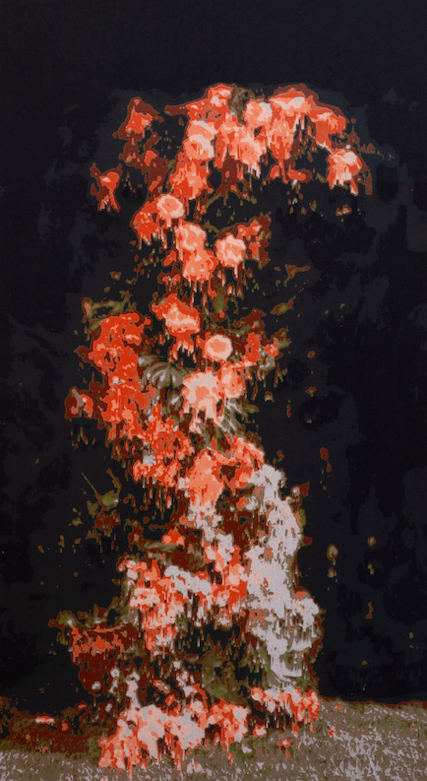
h: What does art mean to you?
RdJ: It’s a refuge I place inside my head. . . where I can go and process the world and its complexities. It’s a kind of inner shed, in which I can lose myself.
I admire artists who can do what I cannot. Currently this entails letting go of control over their medium, incorporating obvious mistakes and allowing the medium to sit on the surface as playful mark making.
To me, my mark making sits between the time-consuming nature of layering oil colours and the subtle pressure of brush to canvas.
h: Expand on your theory about art’s impact? When has its purpose been fulfilled in your experience?
RdJ: That’s a big question. Phew. Let me pour a glass of wine.
When the artist feels fulfilled in making their craft and being heard, I guess. I’m drawn to art that holds cheeky sarcasm or irony. This is perhaps reflected in my latest works. But also, art that touches my deepest core or even scares me. I think art needs to start serious conversations, and maybe bring a little laughter to these bizarre times we are living in.
Navigating difficult subjects with a sense of humour and truth is perhaps what South Africans know best.
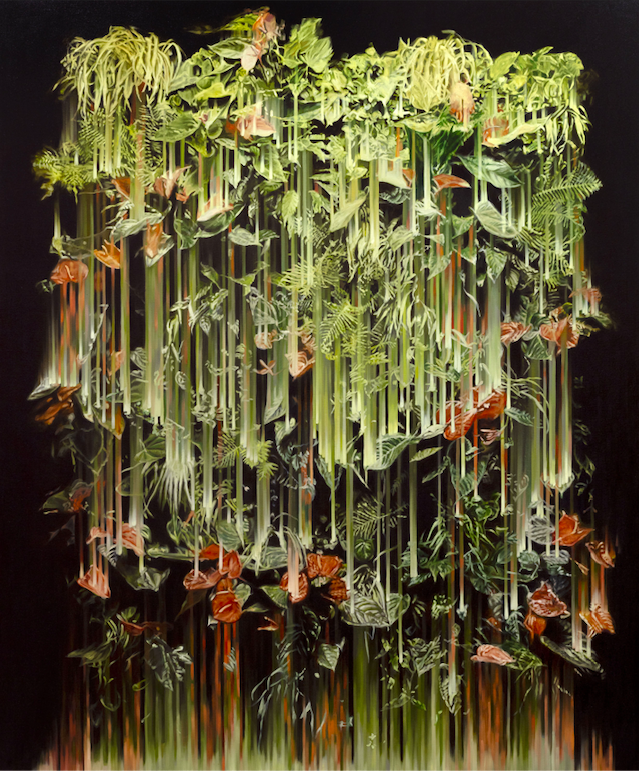
h: Does any philosophy or life interest you may have enrich your practice and love affair with art?
RdJ: I still have so much more to learn and explore in the art realm and I’m looking forward opening myself to more collective experiences.
I’ve always been interested in looking at art’s collective head; following concurrent themes that address issues which speak to our contemporary concerns as a society. I love seeing artists having conversations with one another through their work and addressing audiences with their truth, I also appreciate curators who’s able to notice this and bring artists together.
I believe there’s a lot to learn from observing artists’ careers and how they are navigating this territory and life path.
h: Passions and hobbies?
RdJ: Lol. Activities with my toddler.
h: Where do you go or what do you do to find peace of mind?
RdJ: LOL! Anywhere where there’s a family-, and preferably also pet-friendly environment.
Truthfully, I love walking my dogs at Emmerentia Dam. And watching fires on cold starry nights.
h: What are your greatest concerns during these times from a global / local / political or economic and evolutionary perspective?
RdJ: We are at the cusp of great change. I care about the connections lost due to many immigrating and/or seeking greener postures elsewhere. I care more about the people who are ‘Still Here’ working towards a better future. I care most about us being invested, more than ever before, to our screens and digital platforms to keep a sense of connection to our loved ones and the world around us. We know about the effects this digital era has on us, but I’m afraid we may once again only address this issue too late (as humans do) and our minds and generations born into this will be lost to us. We need to be responsible humans, which I find extremely difficult to be myself at times. But we also need to take better care of ourselves, first and foremost, before we can take care of others.
And still, we’ll go up in flames.
I feel we’ve reached a point where we may lose our bodies and minds to the workload as we’re faced with having to play catchup, post pandemic. It’s the year of the tiger after all. The only way forward is through collaboration where we can help each other make the workload lighter, reach a common goal and support communities who’ve been hit the hardest.
One great example of such a project is the recent Waste Not Want Not project showcased at Shade, Brixton. Shade is a project space and community arts centre housed in a 100-year-old building and founded by Tamzyn Botha (Limb). It’s also the home of the waste material artist residency Waste Not Want Not.
At Shade, waste reclaimers (African Reclaimers Organisation (ARO) and independent waste reclaimers) get a chance to meet with artists and provide material they need to create their works. Waste materials – which largely consist of non-recyclables that reclaimers cannot sell – are installed in the materials library, which the artists have full access to in creating ‘waste works’.
I’m a painter and finding solutions that support a greener future in our industry is not easy: Because, well, bubble wrap! And oil paint residue!
That said, my head is starting to be more solution-based as I can’t see myself keeping up this imbalance. Not while I know what future is being created for the children if we don’t change our tune.
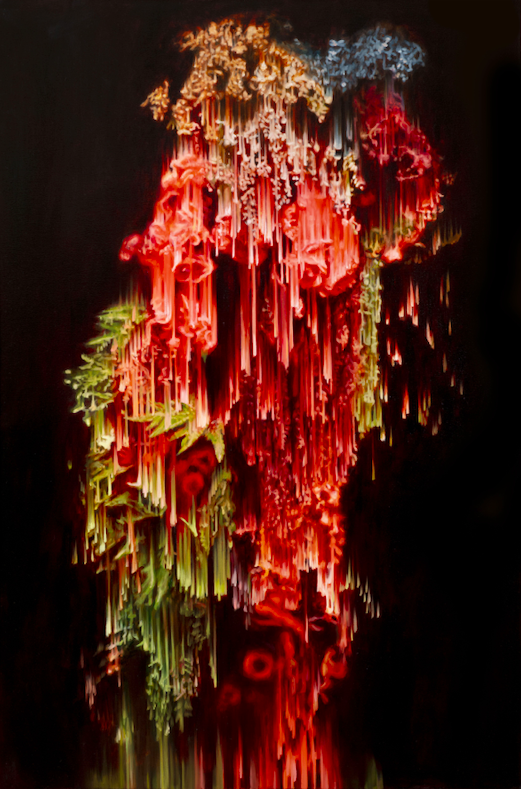
h: Your favourite thing to do on a Saturday? Or, like, let’s say your ideal day — how would you describe it… what happens in it?
RdJ: The ideal: I’d love to visit more theatre productions; visit The Centre for the Less Good Idea productions and see more shows at The Market Theatre in Newtown. But those often happen on weeknights and by the time I’ve opened my emails to arrange a sitter, it’s passed. Luckily taking my daughter to the National Children’s Theatre over weekends and seeing her enjoy theatre as much as I did as a child relieves me of some of my Theatre FOMO.
I love going to Victoria Yards with my family on first Sundays and if I’m lucky to do a full gallery hopping day on a Saturday or on a busy Art Week Joburg day my route looks like this:
Friday
Johannesburg Art Gallery in Joubert Park => Constitution Hill Exhibition => Kalashnikovv Gallery in Braamfontein => JCAF in Forest Town => Goodman Gallery in Parkwood => Late lunch at Saigon Suzy across the road from Goodman Gallery
Saturday
Grab a go coffee and breakfast at Stanley Avenue and visit The Gallery => Bagfactory open studios in Fordsburg => Walkabout at Stevenson Gallery in Parkhurst => P72 exhibition opening in Parkhurst => SMAC Gallery in Parkhurst => Lunch at Kolonaki in Parkhurst or Milkbar at Keys Art Mile => TMRW Gallery => Circa => BKHz Gallery => Everard Read
All the above! Then => Sundowners at Marble.
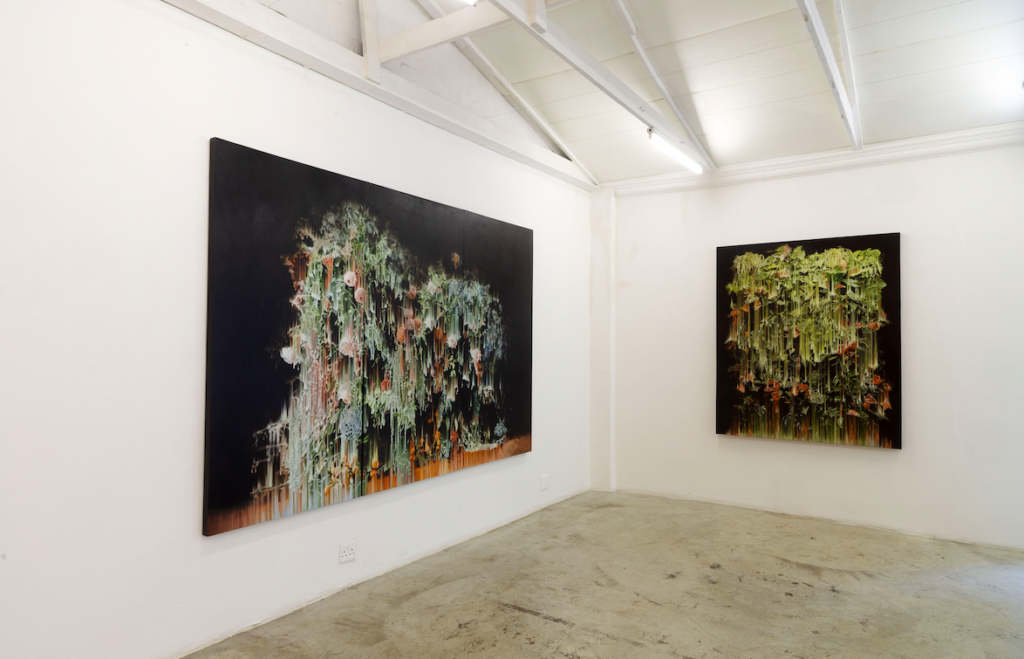
h: Your impression of the country you live in: the city and its people?
RdJ: Sigh. I love this place and the people who move to the rhythm of its beat.
h: What’s the most valued audience response to your work / exhibition?
RdJ: When someone DMs me to tell me they’ve visited my solo exhibition ‘Still Here’ (at Kalashnikovv Gallery in Braamfontein) and felt ‘physically connected’ when they went.
Ronél de Jager will be doing a public walkabout of her show, ‘Still Here’ at Kalashnikovv Gallery in Braamfontein on the Saturday 2nd July 2022. It’s also the last weekend before the show ends on the 5 July.
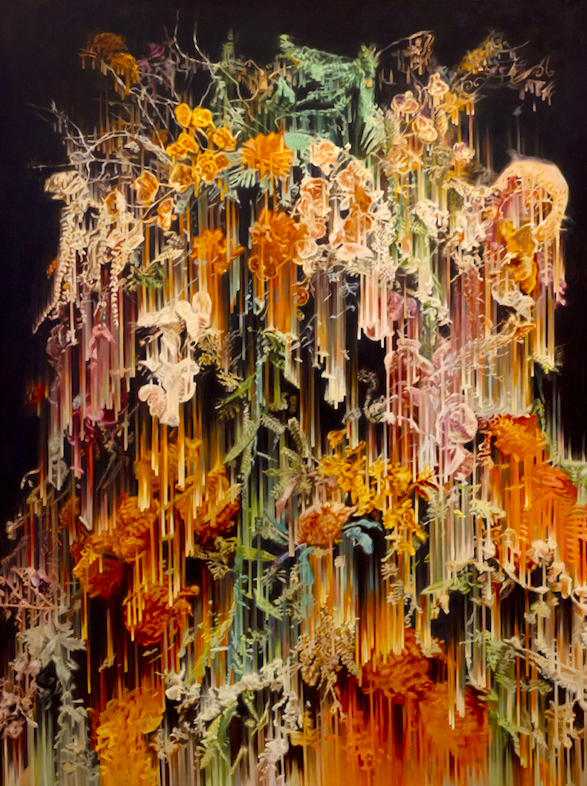
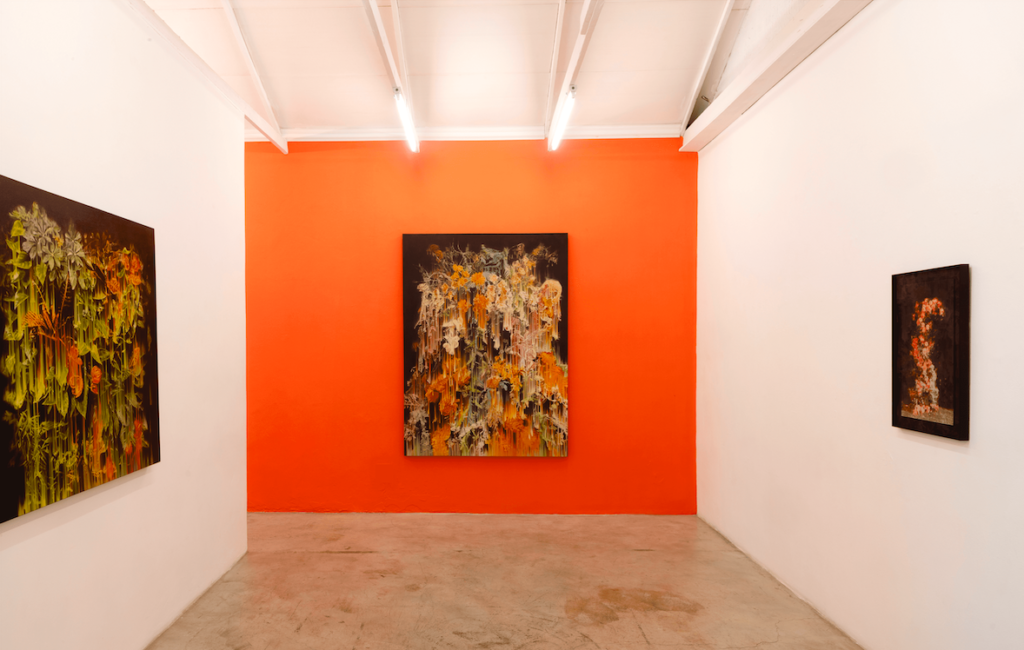
Follow Ronel de Jager on IG here

